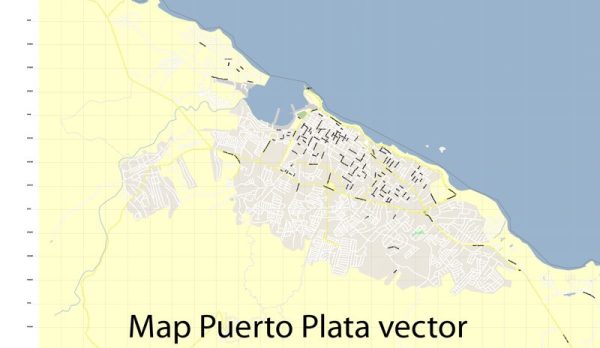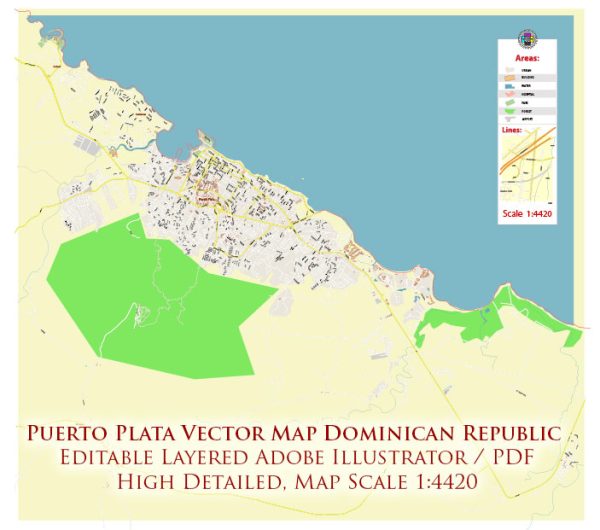Puerto Plata, located on the northern coast of the Dominican Republic, has a rich history of urban development that dates back to the colonial era. Here is an overview of the history of urban development in Puerto Plata:
- Colonial Era (1496-1821): Puerto Plata was founded in 1502 by Christopher Columbus’s brother, Bartolomé Columbus. The city quickly became an important port and trade center during the Spanish colonial period. The fortification of San Felipe was constructed in the 16th century to protect the city from pirate attacks. The colonial architecture and layout of the city reflect its Spanish heritage.
- 19th Century: In the 19th century, Puerto Plata continued to play a significant role in the country’s commerce and trade. The city experienced economic growth, and its port became one of the main export points for Dominican products such as tobacco, rum, and cacao. The Victorian-style architecture that characterizes some of the city’s buildings today has its roots in this period.
- Trujillo Era (1930-1961): During the dictatorship of Rafael Trujillo, there was a push for modernization and infrastructure development across the Dominican Republic. Puerto Plata saw some urban planning initiatives during this time, including the construction of new roads and buildings. However, these projects were often focused on enhancing the image of the regime rather than addressing the needs of the local population.
- Post-Trujillo Period (1961 Onward): After the assassination of Trujillo in 1961, the Dominican Republic entered a period of political and social upheaval. Puerto Plata, like other parts of the country, experienced changes in leadership and a fluctuating economy. Urban development during this time was influenced by political and economic factors, with some periods of growth and others marked by neglect.
- Tourism Boom (Late 20th Century): In the late 20th century, Puerto Plata experienced a significant boost in tourism. The city became a popular destination for international travelers attracted to its beaches, historical sites, and vibrant culture. This led to the development of tourist infrastructure, including hotels, resorts, and entertainment facilities, contributing to the city’s economic development.
- Contemporary Urban Development: In recent years, Puerto Plata has continued to evolve as a tourist destination. Efforts have been made to preserve and promote its historical and cultural heritage while modernizing infrastructure to accommodate the growing tourism industry. The city’s urban development is now characterized by a mix of historical architecture, commercial areas, and tourism-related facilities.
Throughout its history, Puerto Plata’s urban development has been shaped by a combination of colonial influences, economic factors, political changes, and the demands of a growing tourism industry. The city’s architecture and layout reflect this complex history, making it a fascinating destination for those interested in the intersection of culture, history, and development.



 Author: Kirill Shrayber, Ph.D.
Author: Kirill Shrayber, Ph.D.